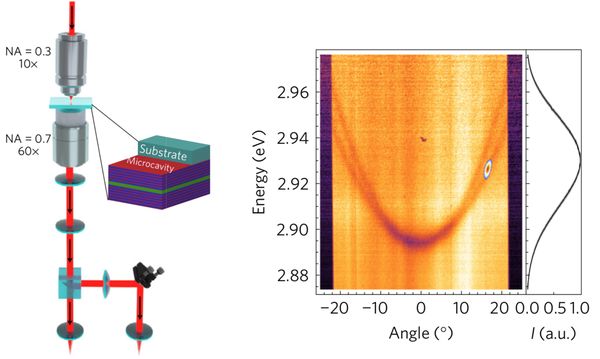
Superfluidity – the suppression of scattering in a quantum fluid at velocities below a critical value – is one of the most striking manifestations of the collective behaviour typical of Bose–observed only at prohibitively low cryogenic temperatures. For atoms, this limit is imposed by the small thermal de Broglie wavelength, which is inversely related to the particle mass. Even in the case of ultralight quasiparticles such as exciton–polaritons, superfluidity has been demonstrated by the small binding energy of Wannier–Mott excitons, which sets the upper temperature limit. Here we demonstrate a transition from supersonic to superfluid flow in a polariton condensate under ambient conditions. This is achieved by using an organic microcavity supporting stable Frenkel exciton–polaritons at room temperature. This result paves the way not only for tabletop studies of quantum hydrodynamics, but also for room–temperature polariton devices that can be robustly protected from scattering.
Contact person: Daniele Sanvitto, NANOTEC Lecce
